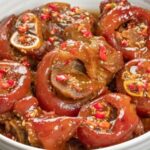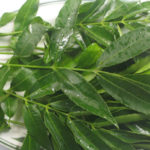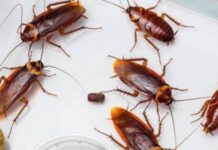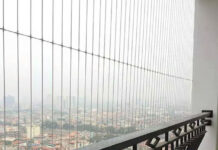“The Big Appetite for Frog Legs: A Sustainable Solution?”
The high demand for frog legs has led to significant environmental and ethical concerns in supplying countries. In France, edible frog species have been protected for decades with strict regulations on catch quotas. In the region of Bourgogne-Franche-Comté, wild frog catching is only permitted from late February to April during their breeding season.
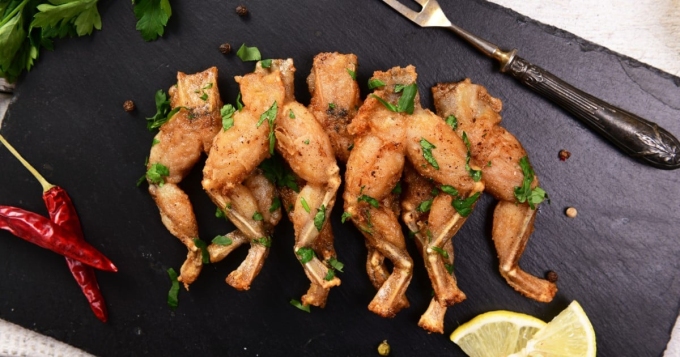
French-style frog legs. Image source: SCMP
However, France imports more than 2,500 tons of frog legs annually, mainly from wild populations in Indonesia, Turkey, Albania, and farms in Vietnam. This reliance is threatening rare frog species and disrupting ecosystems in exporting countries.
In 2024, over 500 experts from research, veterinary, and conservation groups urged French President Emmanuel Macron to address the over-exploitation of frogs and strengthen protections for the most traded species.
Studies indicate that some species, like the Limnonectes macrodon frog, have disappeared from France’s import lists, while the Fejervarya cancrivora and Fejervarya limnocharis frogs are in severe decline due to prolonged commercial harvesting. Experts propose that France promote the protection of vulnerable frog species through the Convention on International Trade in Endangered Species of Wild Fauna and Flora (CITES).
The rampant hunting of frogs in Southeast Asia, especially in Indonesia, threatens the existence of undocumented species and disrupts food chains. Amphibian expert Ganjar Cahyadi from Indonesia states that the trade in frog legs is largely uncontrolled, and there is a lack of data on remaining wild frog populations.
In Vietnam, wild frogs are now scarce, yet there are no policies restricting exports. Frogs play a crucial role in controlling insects such as mosquitoes and grasshoppers, reducing the need for pesticides and improving water quality in ponds and lakes.
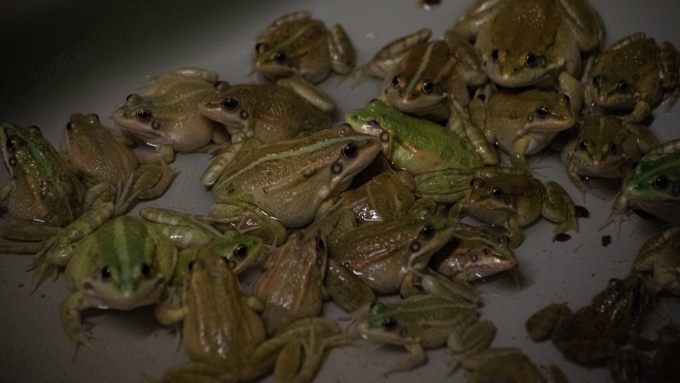
Inside a frog farm in France. Image source: The Take Out
To address these issues, frog farming is considered a sustainable solution. Patrice Francois pioneered frog farming in France, establishing the first farm in Pierrelatte in 2010 to supply sustainable frog legs to upscale restaurants. However, there are currently only three such farms in France, producing about 10 tons of frog legs annually, meeting a small fraction of the demand.
While domestic frog farming offers hope, meeting France’s entire demand remains a significant challenge. If import regulations are tightened, frog legs could become an expensive delicacy. The balance between culinary tradition, biodiversity protection, and global trade will determine the future of this dish in France and the supplying countries.

























